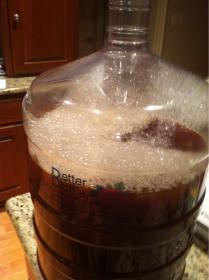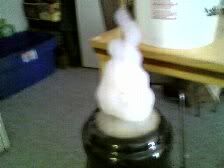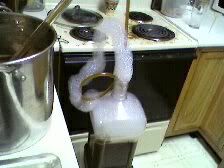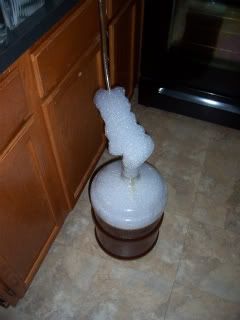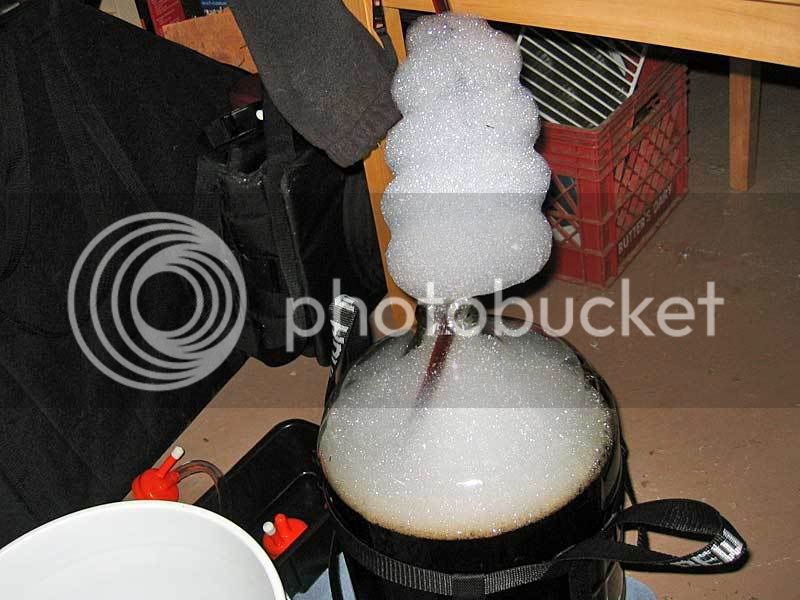DoubleAught
Well-Known Member
I've read that it's not always good to rinse the residue after sanitizing with star san. I've wanted to try it but there's always lots of bubbles still left in the bottles or whatever I've used it on. Is it common practice to leave the residue and either bottle or rack the beer on top of it? Does it effect the finished product any. Any clarification will be helpful, it's a pain to rinse all the residue, would save me tons of time on bottling day. Thanks!


